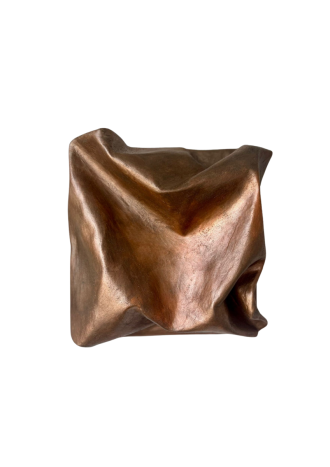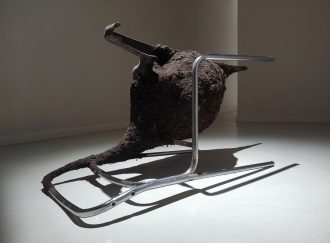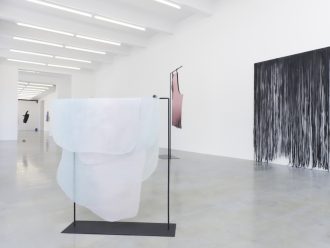Contemporary art exhibition Life in Decline
Estonian Mining Museum, Kohtla-Nõmme, 17 June / 3 October 2021
Participating artists: Anna Shkodenko, Anne Rudanovski, Darja Popolitova, Edith Karlson, Eléonore de Montesquiou, Jevgeni Zolotko, John Grzinich, Laura Kuusk, Sandra Kosorotova, Varvara & Mar
Curator: Francisco Martinez
This exhibition engages with the fragility of the things we construct. For the show, the former administrative building of the Kohtla mine has been intervened to bring forth what goes on in a condition described as ‘in decline’. Ten Estonian contemporary artists, here acting as accidental ethnographers, have been invited to reflect on our broken world – paying special attention to the side effects of the modern extractive industries in Ida-Virumaa.
Decline is hardly an alien phenomenon. We all know something, someone, somewhere rusting, ageing or growing backwards. Nevertheless, there are many things happening in a state of breakdown and decline; there is an intense social, cognitive and material activity in deteriorating infrastructures, houses, roads, skills, etc. Indeed, breakdown can also be ordinary and normal, as a condition in which recovery has not been achieved, yet many things continue to go on in the meantime.
We thus propose looking at the different ways of inhabiting decline and observing how drained ecologies have been produced after a prolonged and systematic harm. Ida-Virumaa’s current state of social and environmental deterioration, with its rotting infrastructure, polluted rivers, and half-empty apartment buildings, is the result of a century of progress and what came after – industries closing down, emigration, disinvestment, unemployment and pollution. All these phenomena, along with political abandonment, have formed a sense of regional disposability, spatial stigma and a not-to-be-inhabited nature, leaving Ida-Virumaa outside of Estonia’s success story. Indeed, decline can be presented as a problem of thought, a challenge of understanding, something hard to put into words. For anyone born in this region after the collapse of the Soviet Union, decline is very familiar. Decline multiplies itself through dereliction and neglect, and it provides a cognitive structure and an embodied experience that is contagious through affect.
In this exhibition, we shift the paradigm from the ideals of modern progress to enhancing sustainability through the re-use of disqualified resources. Thus, we explore how things endure in a context of negative capability and exhausted ecologies, as well as the adaptive processes of living with the leftovers of modernity. Ida-Virumaa stands as a living laboratory where Estonia’s future is at stake, answering key issues such as the sustainable use of natural resources, social integration, rural-urban cleavage and the maintenance of infrastructures.

Anna Shkodenko, Standby regime 2 by Laura Kuusk

Anna Shkodenko, Standby regime by Laura Kuusk

Anne Rudanovski, The work of time 2 by Laura Kuusk

Anne Rudanovski, The work of time 3 by Laura Kuusk

Anne Rudanovski, The work of time by Laura Kuusk

Darja Popolitova, ЭСТИМА КОДУМА 2 by Laura Kuusk

Darja Popolitova, ЭСТИМА КОДУМА 3 by Laura Kuusk
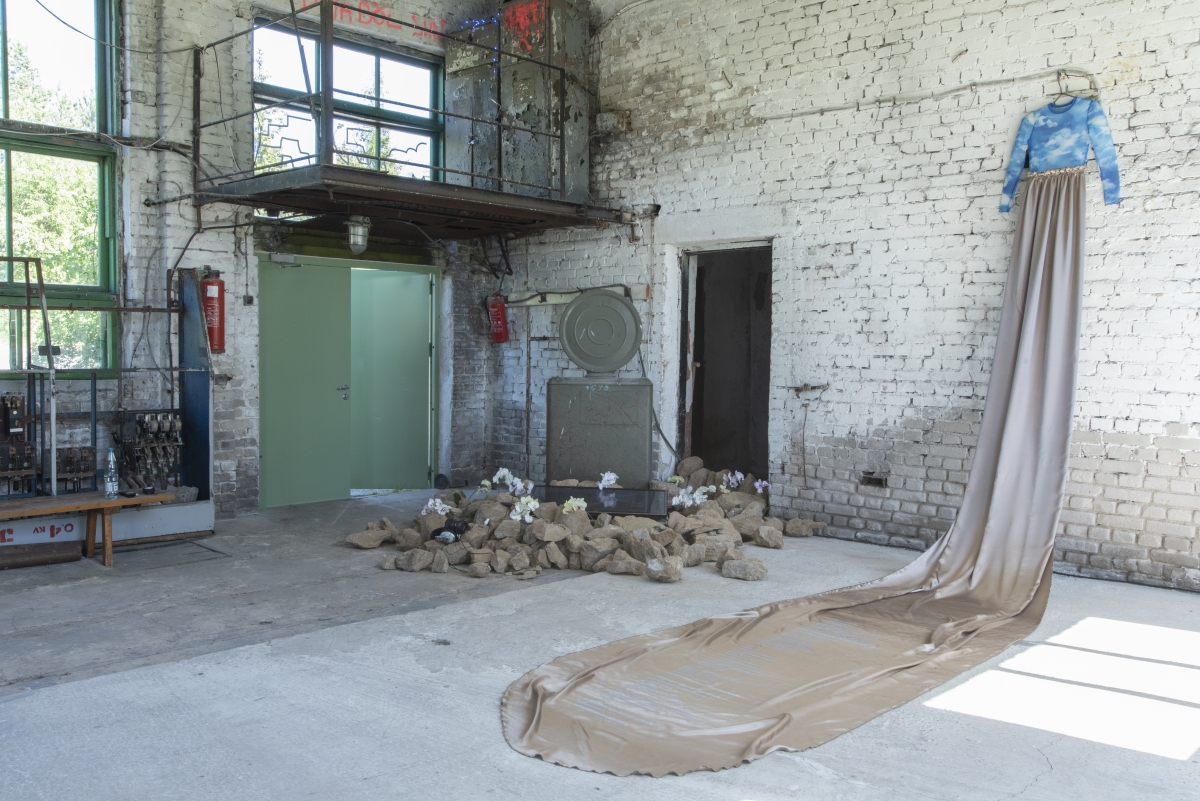
Darja Popolitova, ЭСТИМА КОДУМА by Laura Kuusk
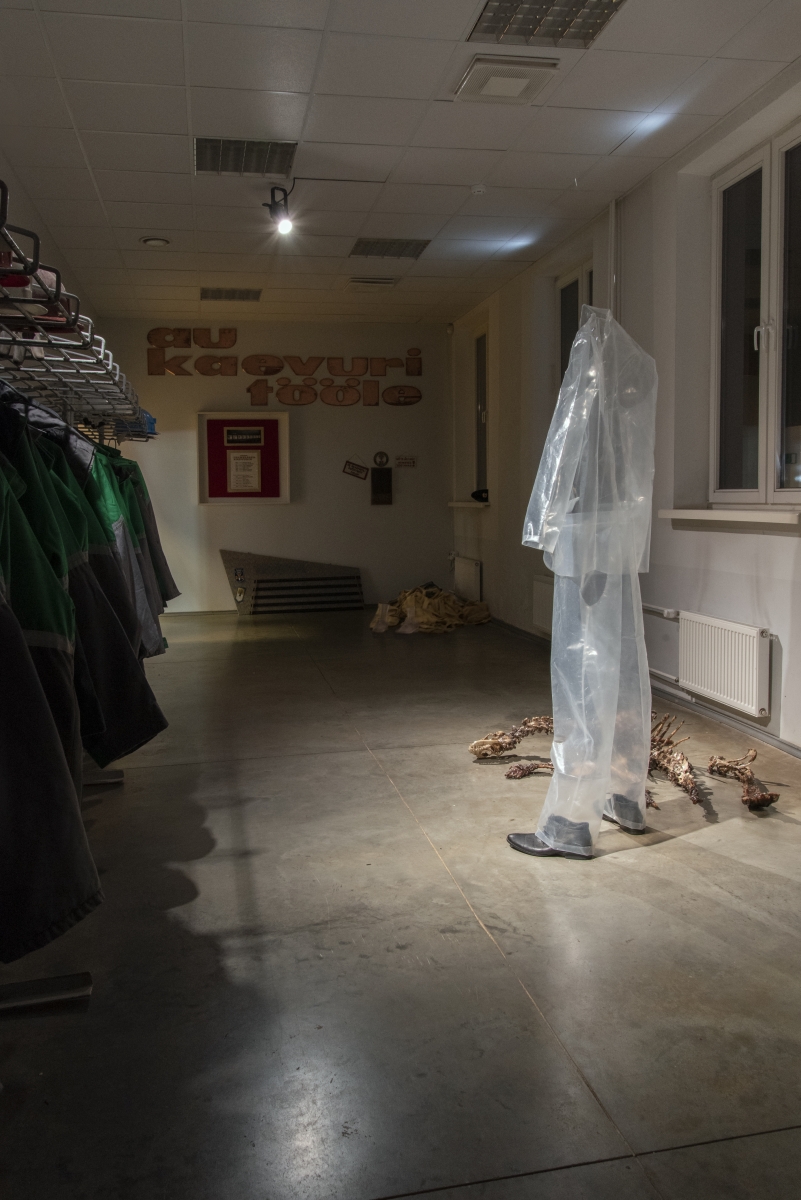
Edith Karlson, Another short story 2 by Laura Kuusk

Edith Karlson, Another short story by Laura Kuusk

Elénore de Montesquiou, Eksperiment Katja 2 by Laura Kuusk

Eléonore de Montesquiou, Eksperiment Katja by Laura Kuusk

Jevgeni Zolotko, Viivikonna passages 2 by Laura Kuusk

Jevgeni Zolotko, Viivikonna passages by Laura Kuusk

John Grzinich, Geofractions, 2021

John Grzinich, Geofractions, 2021
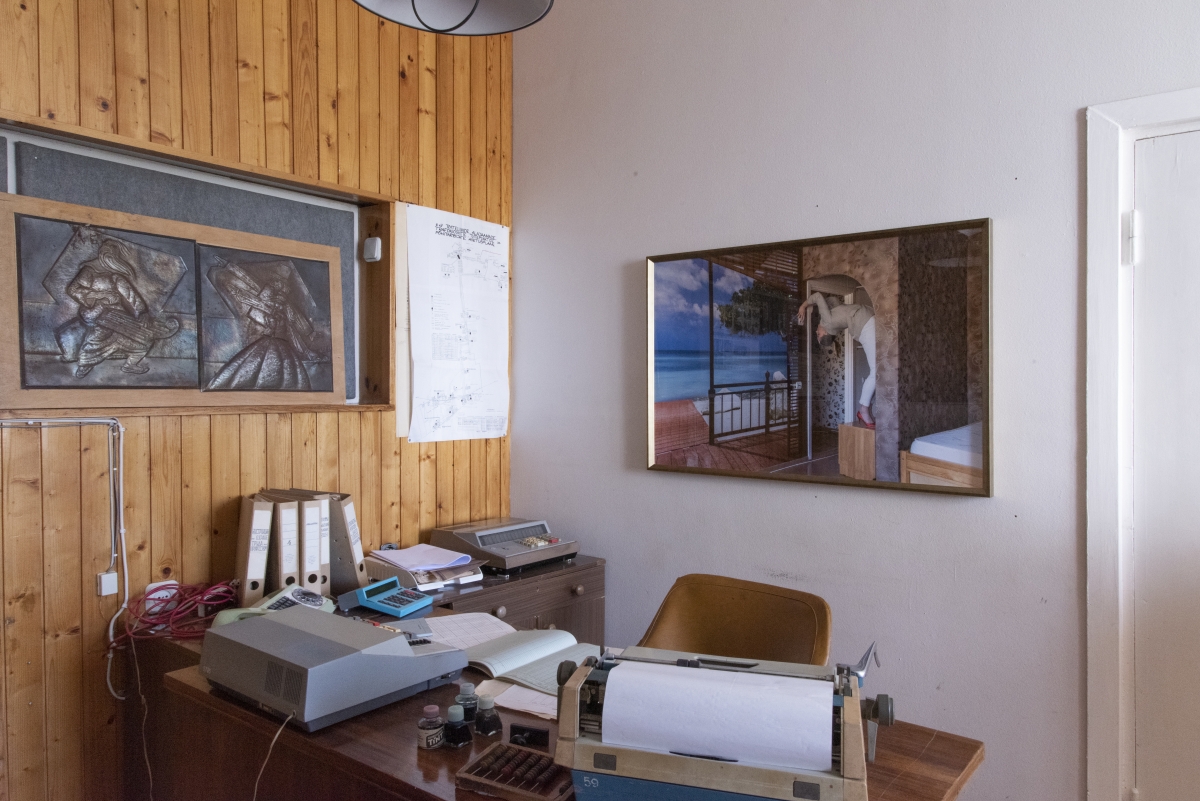
Laura Kuusk, Vacant, 2021
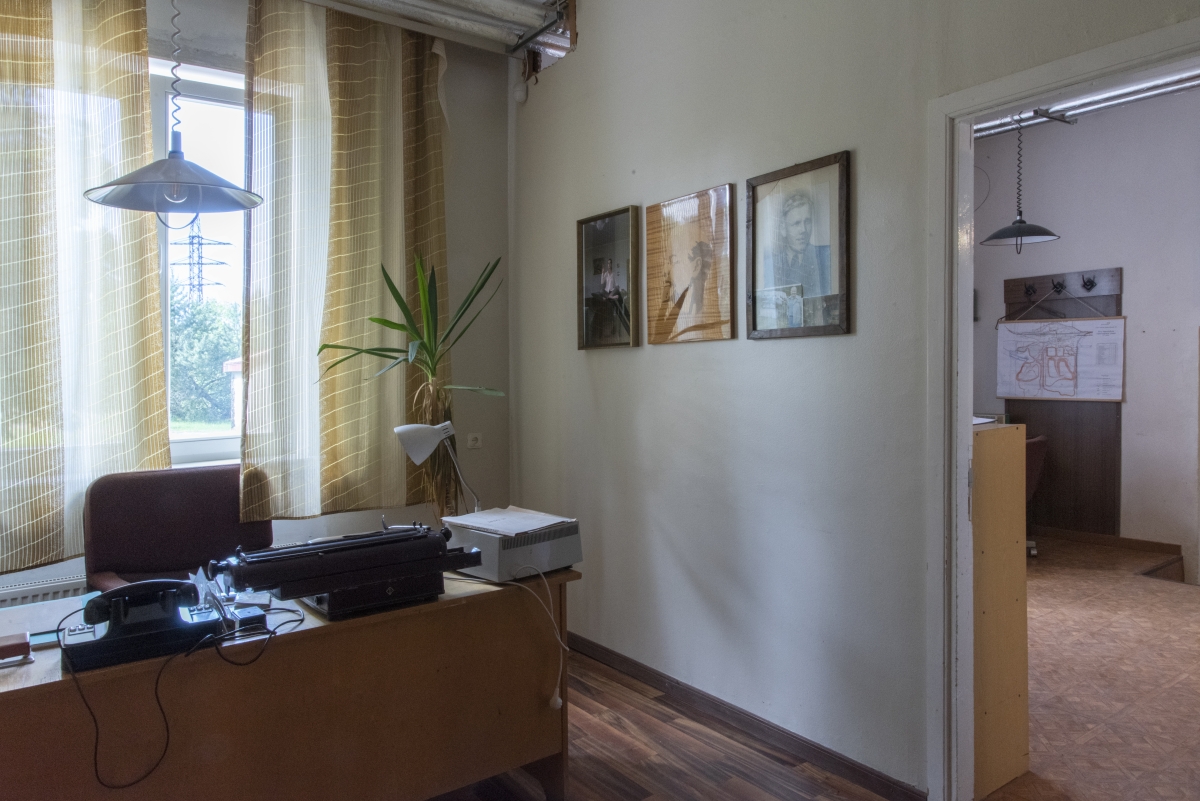
Laura Kuusk, Vacant, 2021
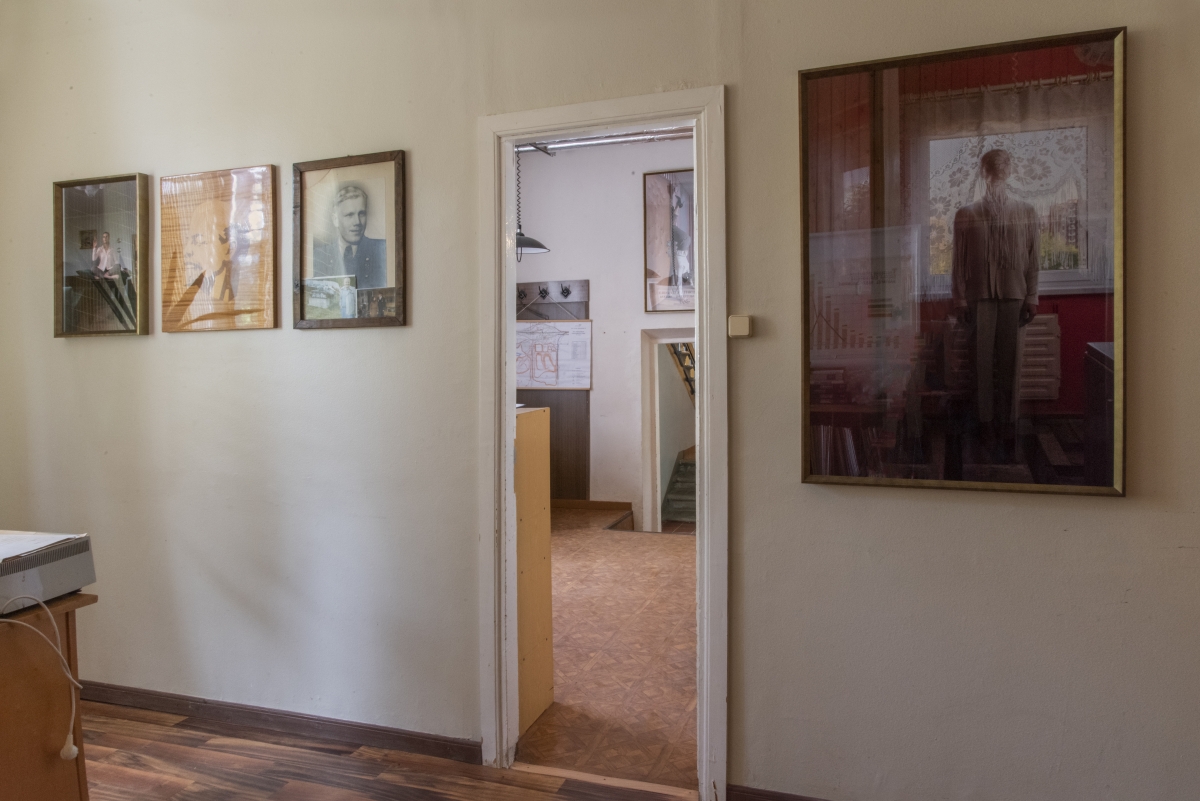
Laura Kuusk, Vacant, 2021

Sandra Kosorotova, Sore, 2021

Sandra Kosorotova, Sore, 2021

Sandra Kosorotova, Sore, 2021

Varvara & Mar, Rescue plan, 2021

Varvara & Mar, Rescue plan, 2021

Varvara & Mar, Rescue plan, 2021









